

Neil Briscoe
2026 Xpeng G6 AWD Performance review: Quick drive
5 Days Ago
Alfa Romeo plans to expand its lineup considerably, with a new flagship electric vehicle, a sports car, a small SUV, and possibly more.

News Editor
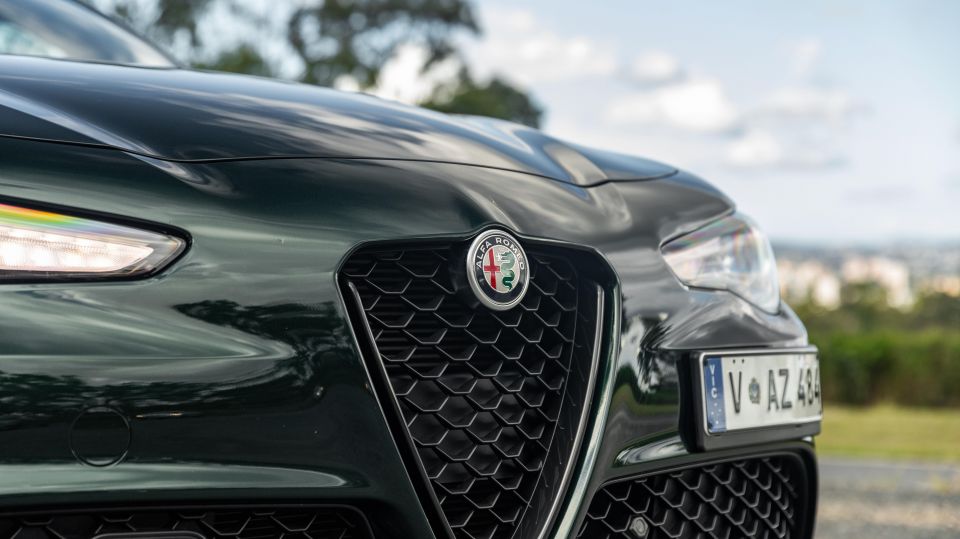

News Editor
Plans for an expanded Alfa Romeo lineup were curtailed during the time of Fiat Chrysler Automobiles, but new parent Stellantis has different ideas.
Alfa Romeo CEO Jean-Philippe Imparato has told outlets including Autocar, Reuters and Top Gear it plans to unveil a new sports car in 2023, and launch a new electric flagship in 2027.
The flagship is being developed in the USA, but won’t be built anywhere in North America.
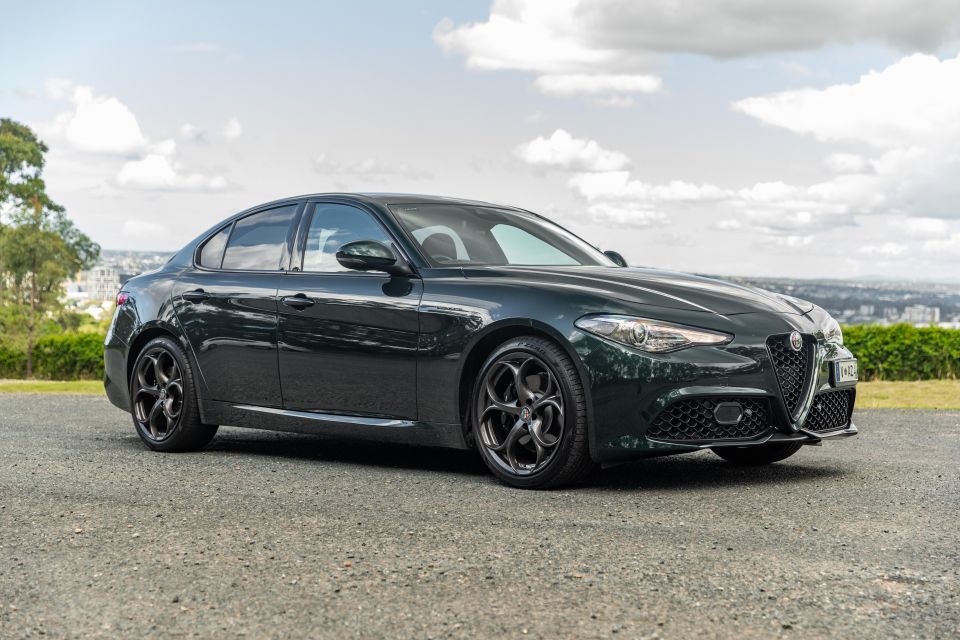
“Our offer for a large size vehicle must fit international markets, American, Chinese, European,” Imparato told reporters during a media call, citing the vehicle’s proposed role in strengthening Alfa Romeo’s position as Stellantis’ international premium brand.
“I highly value that we’re selling cars in America and China and Asia,” he said.
“If I want to be consistent, firstly we go premium and secondly we go everywhere in the world, then I have to be present in the premium E-segment.”
Alfa Romeo has yet to lock in where this vehicle will be built, what this vehicle will look like, or even what body style it’ll use.
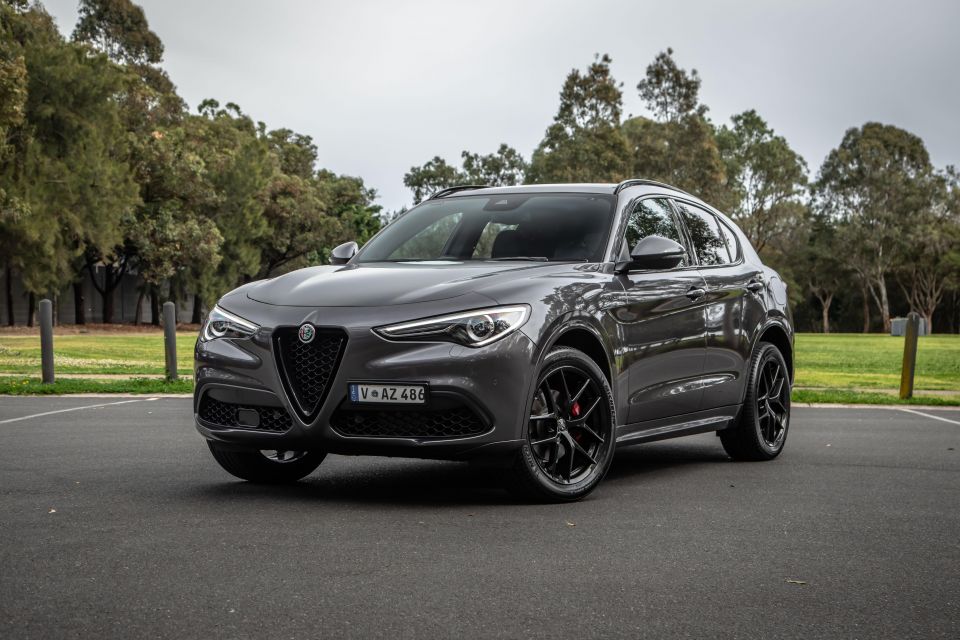
It could be a crossover or a sedan, or something that blurs the lines between these two à la the upcoming Toyota Crown, but it’s reportedly unlikely to be a large SUV in the vein of a BMW X5 or X6.
He told Autoweekearlier this year this flagship would be a “E-segment car with very high performance”
“We want to find the right mix,” he said. “It’s a decision we will take by the end of this year”.
“I want to reinvent sportiness for the 21st century, providing a high level of range and a high level of performance while also protecting the customer in terms of roominess – but without destroying the aerodynamics, which is a key driver of our future development.
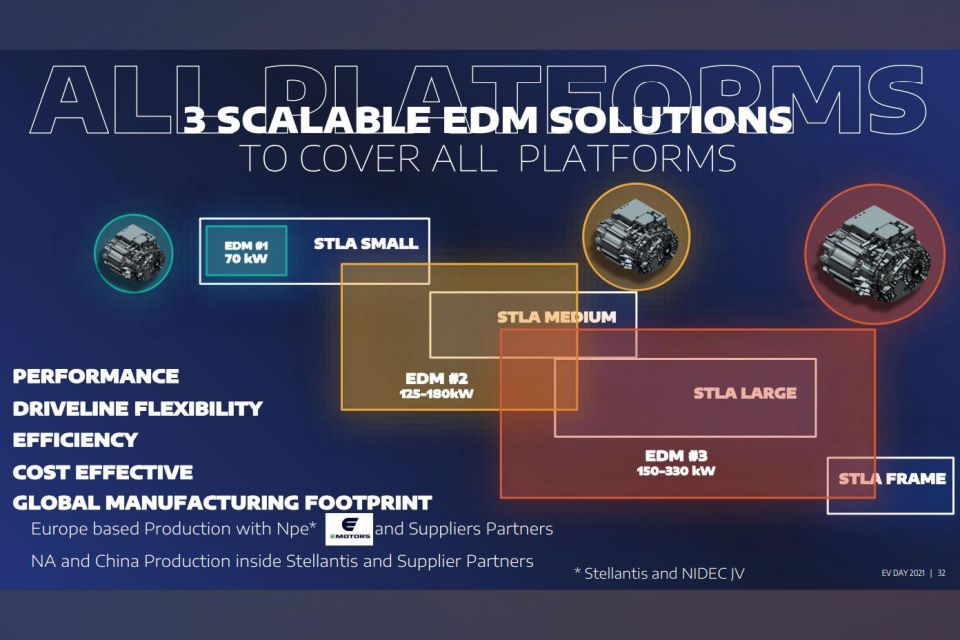
“At some point in time, we will have to evolve the concept of what an SUV is in 2027. But for me, aero means a saloon [of sorts], which ties into Alfa’s DNA.”
Suggestions of a body style somewhere between sedan and SUV echo remarks Imparato has made previously about the next-generation Giulia, saying it could sit on the “tipping point between the sedan and the station wagon” and “have the best of both worlds”.
The next Giulia could be larger than the current car and is expected to sit on the new STLA Large architecture, along with the next-generation Stelvio.
It’s likely the new flagship model would also use the STLA Large architecture, which Stellantis says will offer 400V or 800V technology and batteries measuring 101-118kWh.
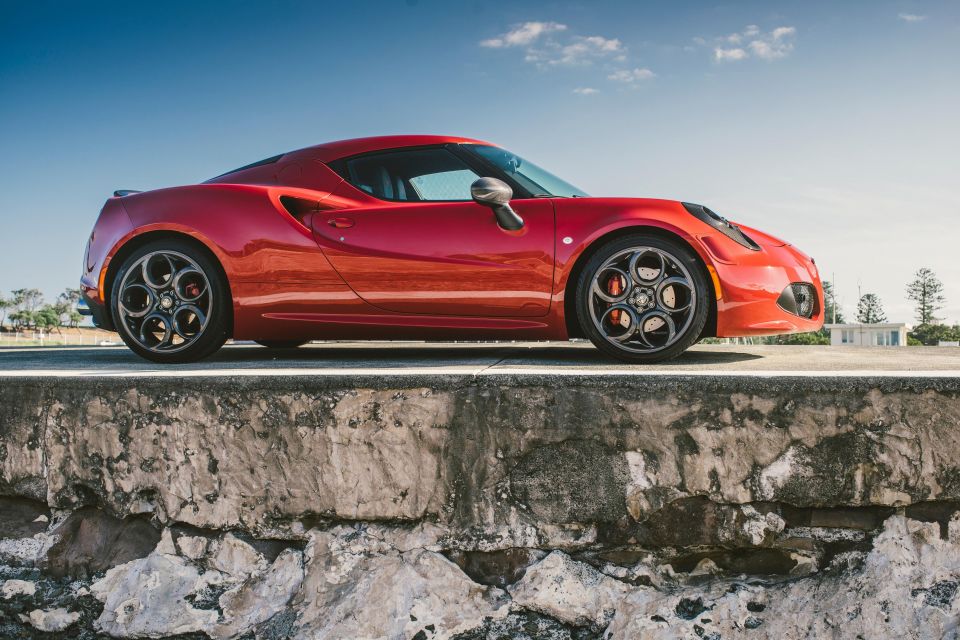
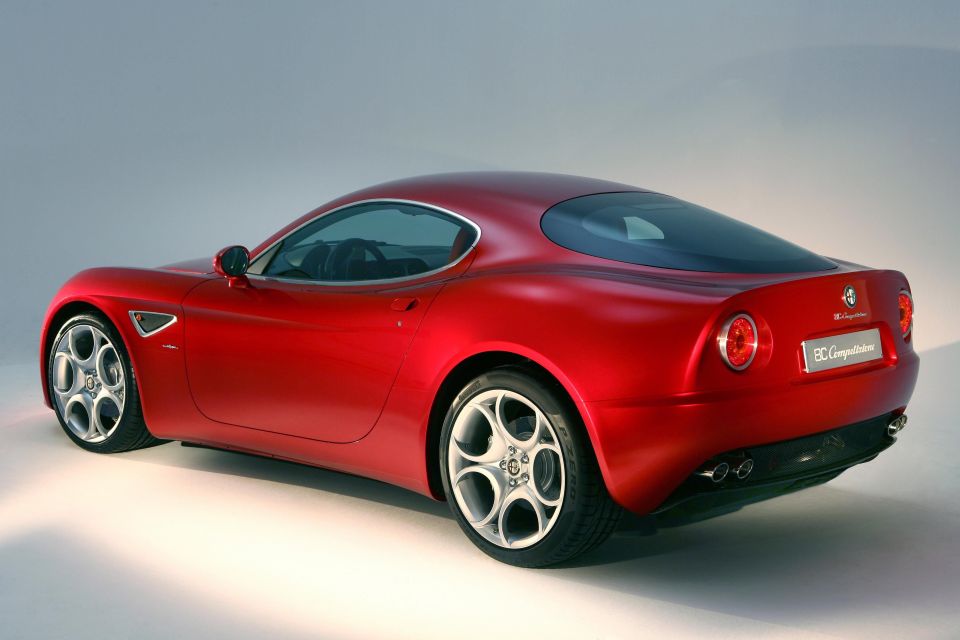
Also set to be used by a raft of Chrysler, Dodge, Jeep and Ram models, the STLA Large mechanicals will offer up to 800km of range, and feature both single- and dual-motor electric powertrains with motors producing between 150 and 330kW of power.
STLA Large cars will measure between roughly 4800mm and 5500mm long.
In 2023, Alfa Romeo will unveil a sports car which could represent a swansong for combustion-powered sports cars at the Turin brand – and, more specifically, for the Ferrari-developed 2.9-litre twin-turbocharged V6 that’s also used in Quadrifoglio versions of the Giulia and Stelvio.
Imparato had previously said sports cars weren’t a priority for the brand, and that mainstream models would need to come first with the brand first needing to prove it can be profitable.
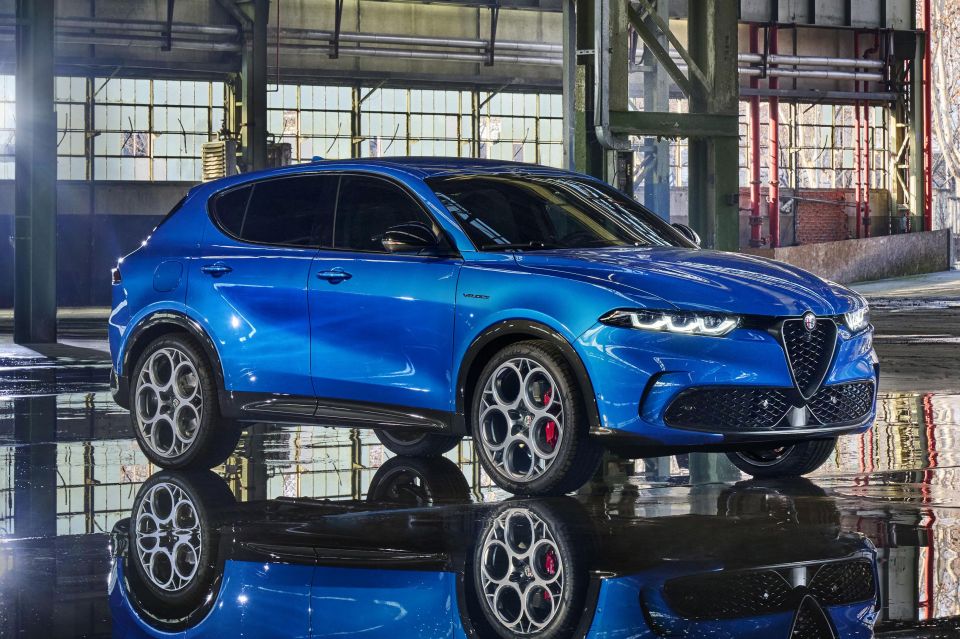
But with Alfa Romeo confirming it was profitable in 2021, even before the launch of the Tonale that’s expected to significantly increase the brand’s volumes, that time appears to have come early.
In 2024, Alfa Romeo will introduce a new SUV to slot in under the Tonale, though Imparato has confirmed it won’t be called Brennero as had previously been reported.
It could reportedly be joined by an electric light hatch, conceptually similar to Stellantis products like the Peugeot e-208 and Opel e-Corsa, though Imparato said his priority as CEO is to burnish Alfa Romeo’s premium credentials.
Imparato also said last year he was interested in reviving the GTV, and has spoken of his “dream” to develop a modern-day 33 Stradale and Duetto.
With the demise of the Giulietta and 4C, Alfa Romeo now sells only three models globally: the Giulia and Stelvio, as well as the new Tonale due here in the first half of 2023.
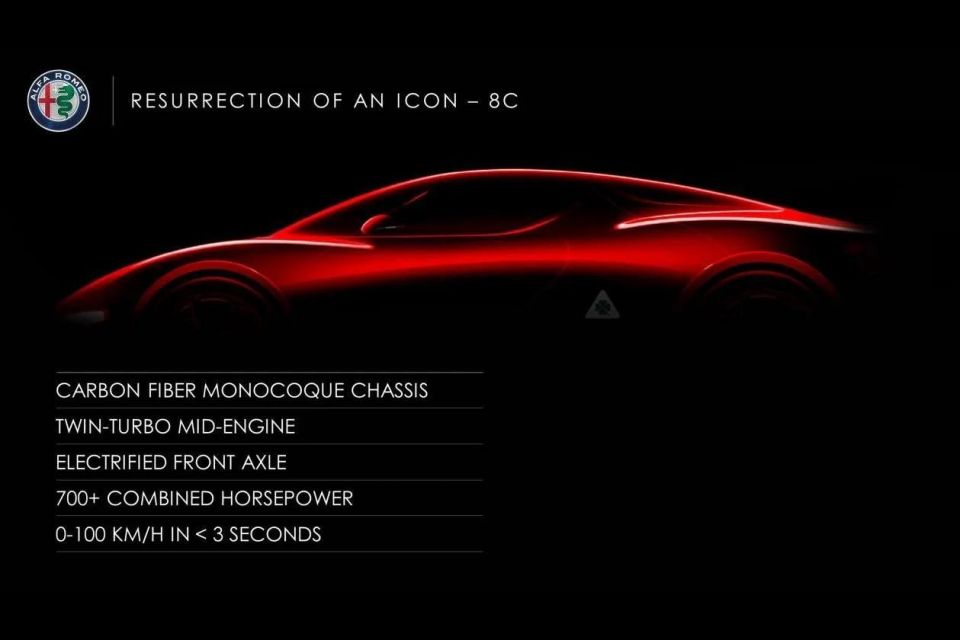
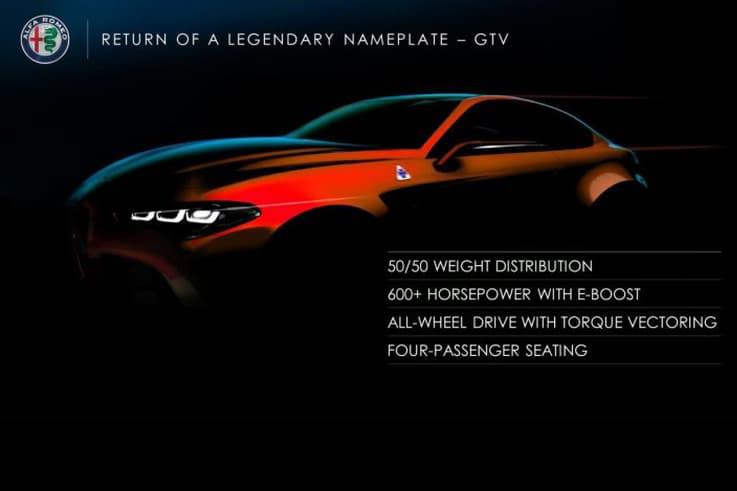
The company will introduce only electric vehicles after 2025, and will switch to an EV-only line-up by 2027.
Before Fiat Chrysler Automobiles merged with Groupe PSA to become Stellantis, it had detailed plans to dramatically expand its lineup, only for these dreams to be dashed.
Alfa Romeo had detailed a second-generation 8C supercar, a revived GTV coupe and a large SUV as recently as on its future product plan in 2018.
Plans for these models were scrapped in 2019 as part of cost-cutting for the brand as the brand recorded losses while not growing its sales sufficiently.
Alfa Romeo hasn’t offered a sedan larger than the Giulia since the 166, which left production in 2007. It announced in 2014 it’d launch a BMW 5 Series rival in 2018, but this fell by the wayside.
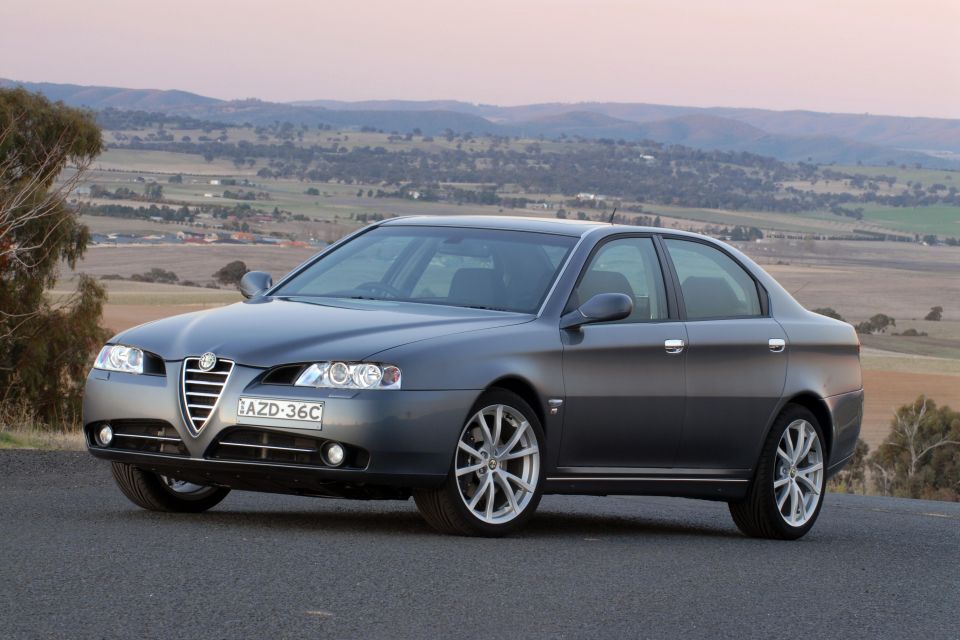
When FCA and PSA merged to become Stellantis in 2021, the newly formed entity announced how it’d be positioning its sprawling range of brands.
Of its European marques, it listed Fiat and Citroen as Core brands, Opel/Vauxhall and Peugeot as Upper Mainstream, and Alfa Romeo, DS and Lancia as Premium brands.
It also committed to giving each of its brands a time window of 10 years and funding for this period to grow, with even ailing Lancia – down to one model in one market – announcing it’s launching three new models.
At the top of the Stellantis pyramid is Maserati, which the automotive giant is referring to as its Luxury brand.
Where expert car reviews meet expert car buying – CarExpert gives you trusted advice, personalised service and real savings on your next new car.
William Stopford is an automotive journalist based in Brisbane, Australia. William is a Business/Journalism graduate from the Queensland University of Technology who loves to travel, briefly lived in the US, and has a particular interest in the American car industry.


Neil Briscoe
5 Days Ago


Max Davies
4 Days Ago


James Wong
2 Days Ago


William Stopford
2 Days Ago


Josh Nevett
1 Day Ago
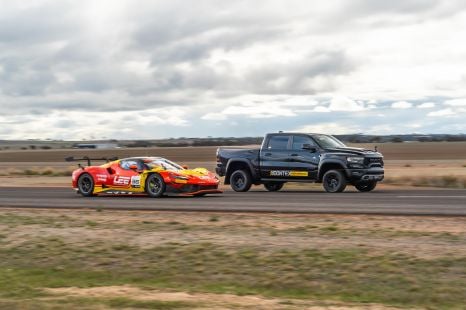

Paul Maric
16 Hours Ago